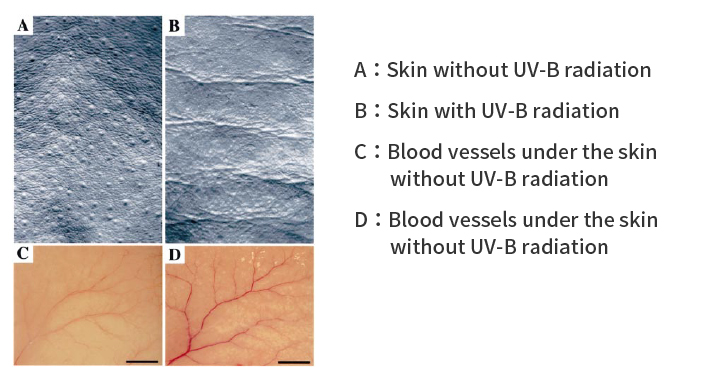Angiogenesis and related diseases
What is angiogenesis?
Angiogenesis is the process of growth of new blood vessels, by involving several molecules and cells. Angiogenesis are observed in a physiological process as well as specific diseases. It is getting clear that angiogenesis is caused by several diseases and the development of those diseases. Malignant tumor (cancer), cancer metastasis, skin photo aging, obesity (metabolic syndrome), diabetic retinopathy, and rheumatoid arthritis are known as angiogenesis-related diseases.
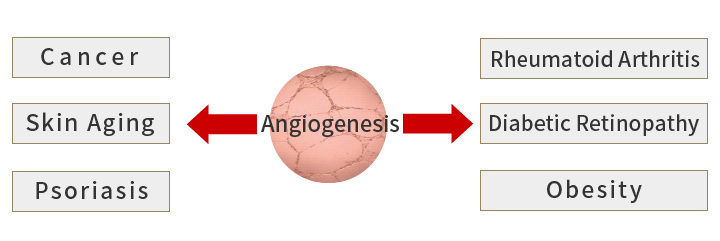
Angiogenesis, cancer and cancer metastasis
Angiogenesis enables malignant tumor (cancer) to receive nutrients and oxygen as well as eliminating metabolic wastes. That helps cancer to progress and eventually leads to metastasis formation. Therefore the effect of inhibiting cancer angiogenesis is based on the idea that the cancer tissue would be deprived of its oxygen and nutrient supply by blocking new blood vessels. Vascular Endothelial Growth Factor(VEGF),the inducers of angiogenesis are produced by cancer cells. VEGF binds to VEGF-Rs on endothelial cells, and resulting activation of cell migration and proliferation toward the extracellular matrix, eventually leading to the formation of new blood vessels
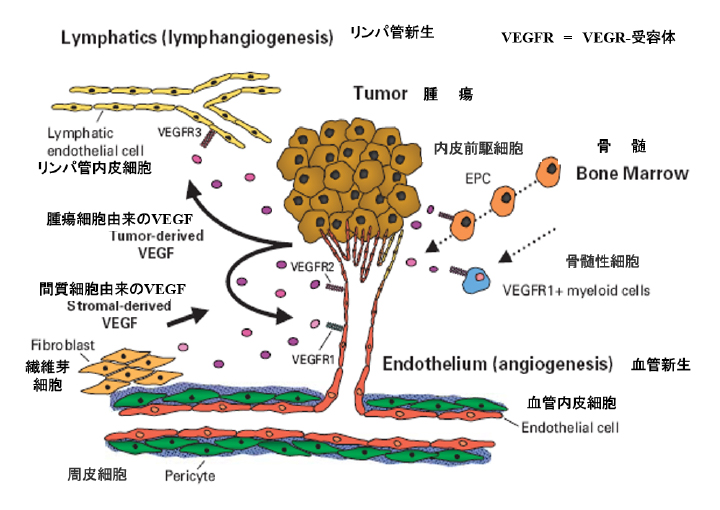
Angiogenesis and skin aging
Photoaging of skin is caused by exposure to ultraviolet radiation (UV). UV causes inflammation to the skin and also produce reactive oxygen species that breakdown the extracellular matrix (such as collagens), causing skin wrinkle formation, solar lentigines,etc. Along with the inflammation process, the blood vessels in the skin are also significantly damaged and the stimulus of ultraviolet radiation causes the formation of skin angiogenesis.
Because photoaging and angiogenesis are connected, prevention of photoaging is expected by inhibiting angiogenesis.
Angiogenesis in Psoriasis
Psoriasis is a chronic recurrent disease, affecting skin and joints by inflammation associated with angiogenesis. Usually erythema associated with scales appears on the skin that can vary in size and shape, and sometimes rash can be spread all over the body. The features of psoriasis are, excessive increase of epidermal keratinocytes, accumulation of inflammatory cells, and excessive angiogenesis. Also immune mediated proangiogenic factors are produced in psoriasis. Eruption are caused as a result of angiogenesis, epidermal cell proliferation and local chronic inflammation.
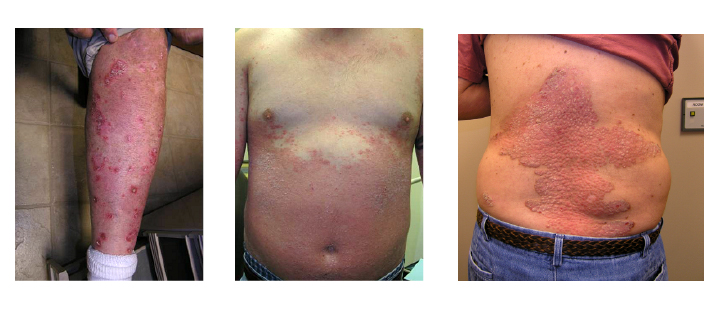
Angiogenesis in Rheumatoid arthritis
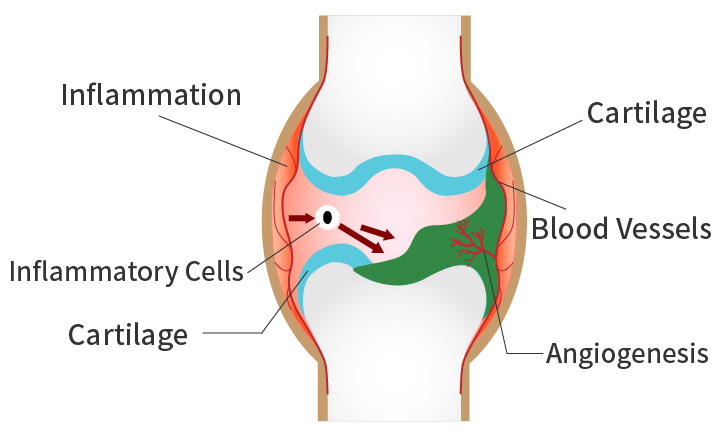
Rheumatoid arthritis is an inflammatory autoimmune disease that attacks the joints of hands and feet, causing pain and deformation of the joint. Rheumatoid arthritis mainly causes inflammatory symptoms. Inflammation inside of the joint cavity is caused by the extravascular migration of inflammatory cells, such as macrophages and T-lymphocytes that come from the small blood vessels in the joint fluid cavity itself. By penetration of inflammatory cells into the joint cavity, inflammatory and angiogenic factors are produced and also promote angiogenesis that fail to retain control of the inflammatory response.
Angiogenesis in Obesity
The State of obesity or metabolic syndrome is associated to two or more conditions including high blood sugar levels, high blood pressure and hyperlipemia as well as visceral fat accumulation(visceral obesity and abdominal obesity).
In 1998, it became clear that leptin (the hormone that regulates food intake)is one of the angiogenic inducers by Yale University in the US and published in the journal “Science”. Lipogenesis (Adpogenesis), angiogenesis and extracellular matrix reconstruction will be needed for the formation of obesity.
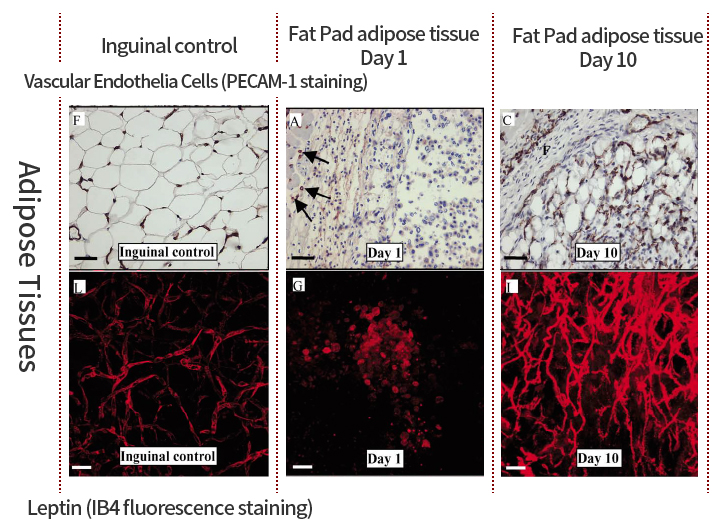
In recent years, angiogenesis regulatory role of angiogenesis factors and metabolic regulation factors, attract attention for the treatment and prevention of metabolic syndrome. There is a potential of treating obesity by controlling growth and maintaining fatty tissue through the regulation of angiogenesis in the adipose tissue . The importance to clarify the role of blood vessels in the pathogenesis of obesity has been suggested.
Angiogenesis in Diabetic retinopathy
In the retina, the small blood vessels are spreading to provide nutrients and oxygen. Followed by high blood glucose levels, blood vessels are blocked and vascular diseases occurs. Angiogenesis that is being developed to make up the blood vessel disorder is vulnerable and tears easily, causing traction retinal detachment and vitreous hemorrhage.
The risk of vitreous hemorrhage increases due to the phenomenon called angiogenesis as a part of biological defense. Along with it, low vision occurs and it may lead to vision loss. In diabetic retinopathy ,light coagulation therapy,the laser beam therapy to retina for the purpose of prevention and disappearance of angiogenesis is performed and it is said to be effective. In other words, inhibiting angiogenesis makes it possible to prevent the diseases progression and lowers the risk of vision loss.
- Hicklin DJ, Ellis LM. Role of the Vascular Endothelial Growth Factor Pathway in Tumor Growth and Angiogenesis. J Clin Oncol. 2005 Feb 10;23(5):1011-27
- Kiichiro Yano, Hajimu Oura, and Michael Detmar. Targeted Overexpression of the Angiogenesis InhibitorThrombospondin-1 in the Epidermis of Transgenic Mice Prevents Ultraviolet-B-Induced Angiogenesis and Cutaneous Photo-Damage. J Invest Dermatol 118:800- 805, 2002.
- Barinaga M. Leptin Sparks Blood Vessel Growth. Science, 281(5383):1582, 1998
- Neels JG, Thinnes T, Loskutoff DJ. Angiogenesis in an in vivo model of adipose tissue development. FASEB J. 2004 Jun;18(9):983-985
- Suganami E, Takagi H, Ohashi H, Suzuma K, Suzuma I, Oh H, Watanabe D, Ojima T, Suganami T, Fujio Y, Nakao K, Ogawa Y, Yoshimura N. Leptin Stimulates Ischemia-Induced Retinal Neovascularization. Diabetes. 2004 Sep;53(9):2443-2448
-
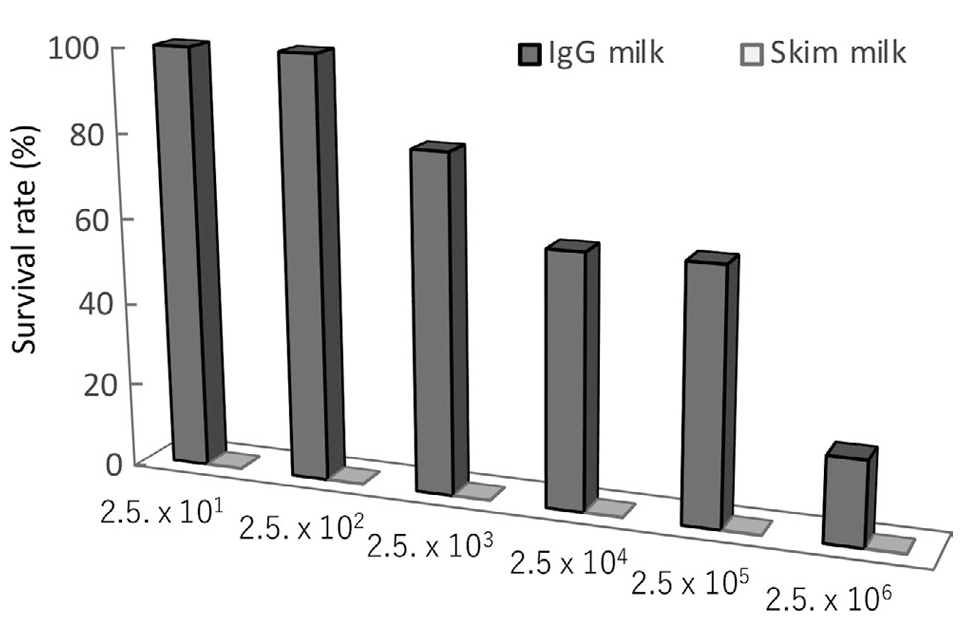 Enriched bovine IgG fraction prevents infections with Enterohaemorrhagic Escherichia coli O157:H7, Salmonella enterica serovar Enteritidis, and Mycobacterium avium
Enriched bovine IgG fraction prevents infections with Enterohaemorrhagic Escherichia coli O157:H7, Salmonella enterica serovar Enteritidis, and Mycobacterium avium
-
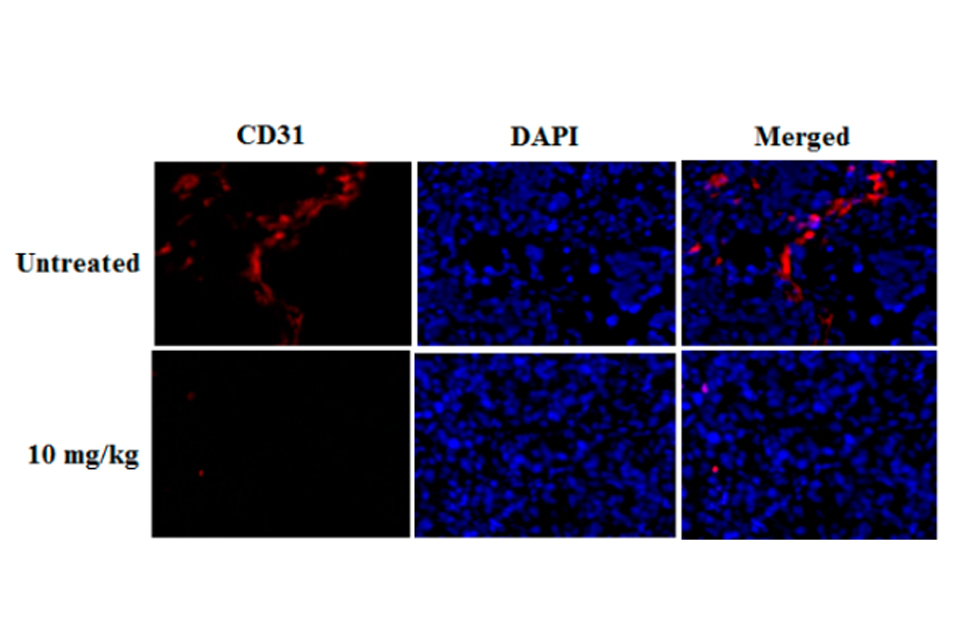 New Natural Pigment Fraction Isolated from Saw Palmetto: Potential for Adjuvant Therapy of Hepatocellular Carcinoma
New Natural Pigment Fraction Isolated from Saw Palmetto: Potential for Adjuvant Therapy of Hepatocellular Carcinoma
-
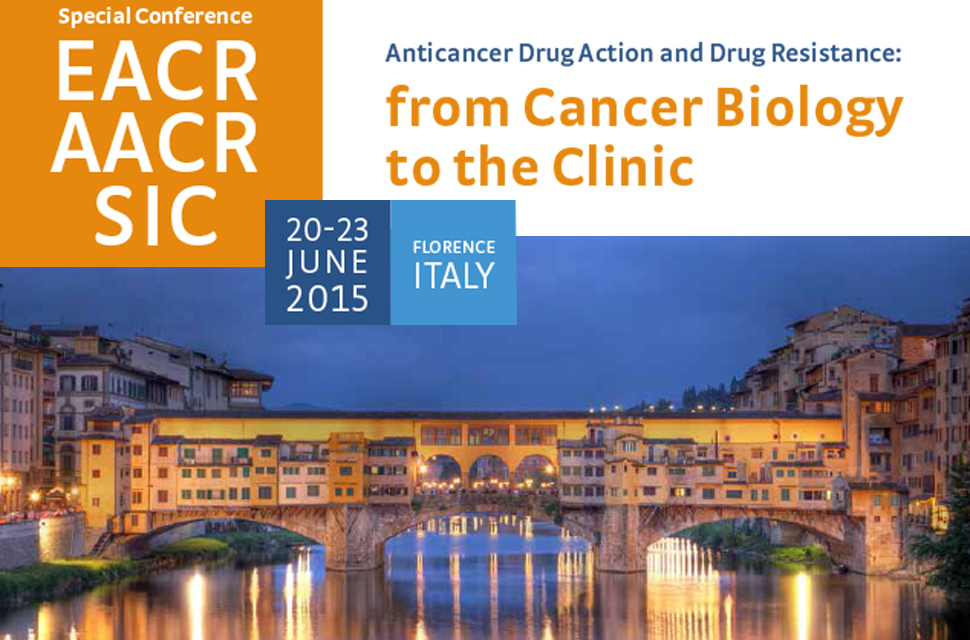 Red pigment from Saw palmetto: A natural product for potential alternative cancer treatment
Red pigment from Saw palmetto: A natural product for potential alternative cancer treatment
-
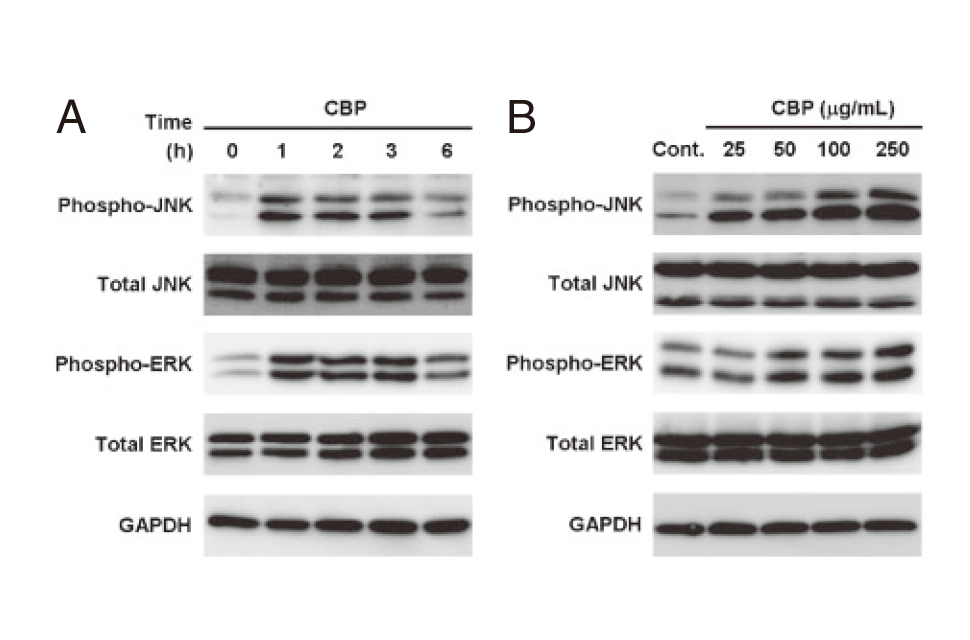 CBP Facilitate Osteogenesis through Activation of the JNK-ATF4 Pathway
CBP Facilitate Osteogenesis through Activation of the JNK-ATF4 Pathway
-
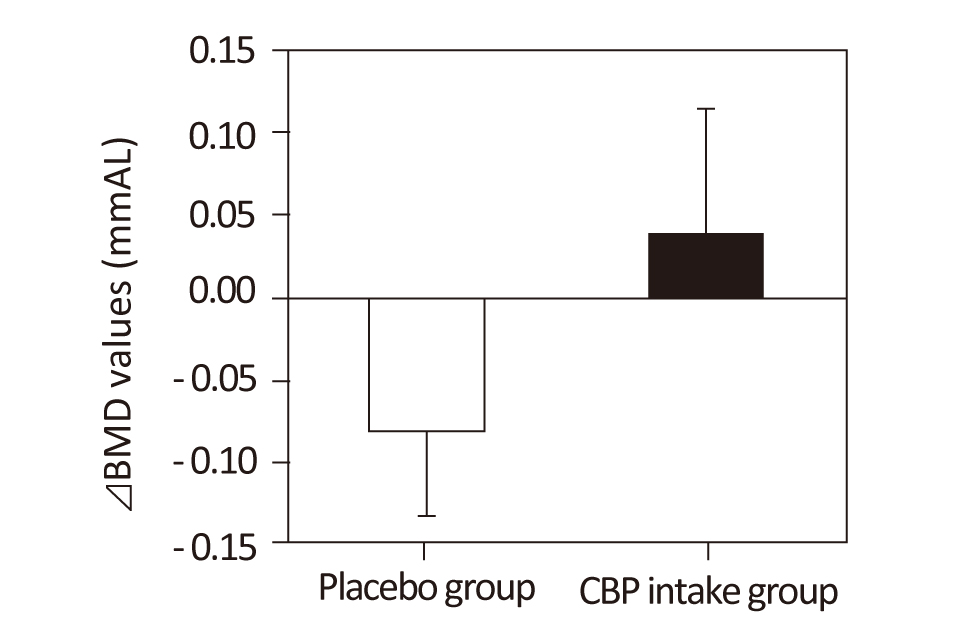 Concentrated-Bovine protein (CBP) increases Bone Mineral Density
Concentrated-Bovine protein (CBP) increases Bone Mineral Density
-
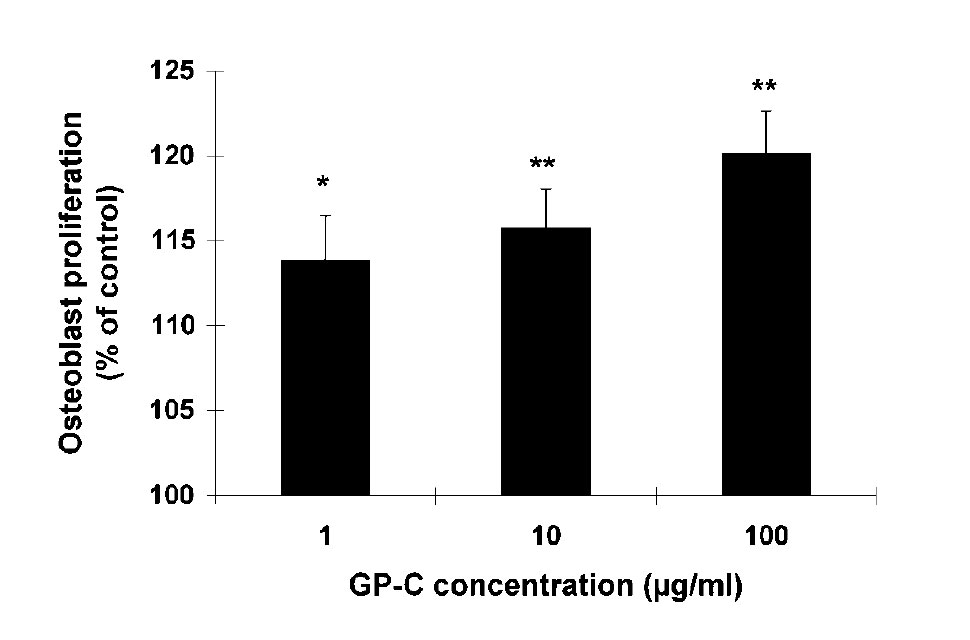 Effect of a Growth Protein-Colostrum Fraction on Bone Development in Juvenile Rats
Effect of a Growth Protein-Colostrum Fraction on Bone Development in Juvenile Rats
-
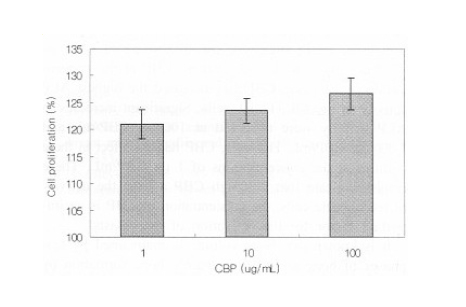 Effects of Colostrum Basic Protein from Colostrum Whey Protein: Increased in Osteoblast Proliferation and Bone Metabolism
Effects of Colostrum Basic Protein from Colostrum Whey Protein: Increased in Osteoblast Proliferation and Bone Metabolism
-
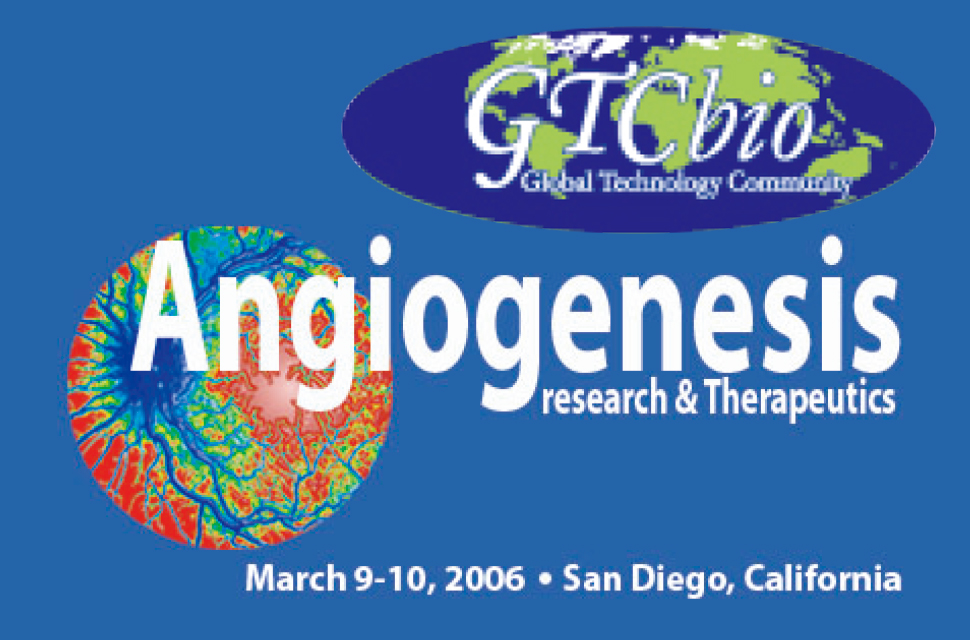 An Ethanolic extract from a shark having potent anti-angiogenic activity: its anti-angiogenic mechanism and clinical application
An Ethanolic extract from a shark having potent anti-angiogenic activity: its anti-angiogenic mechanism and clinical application
-
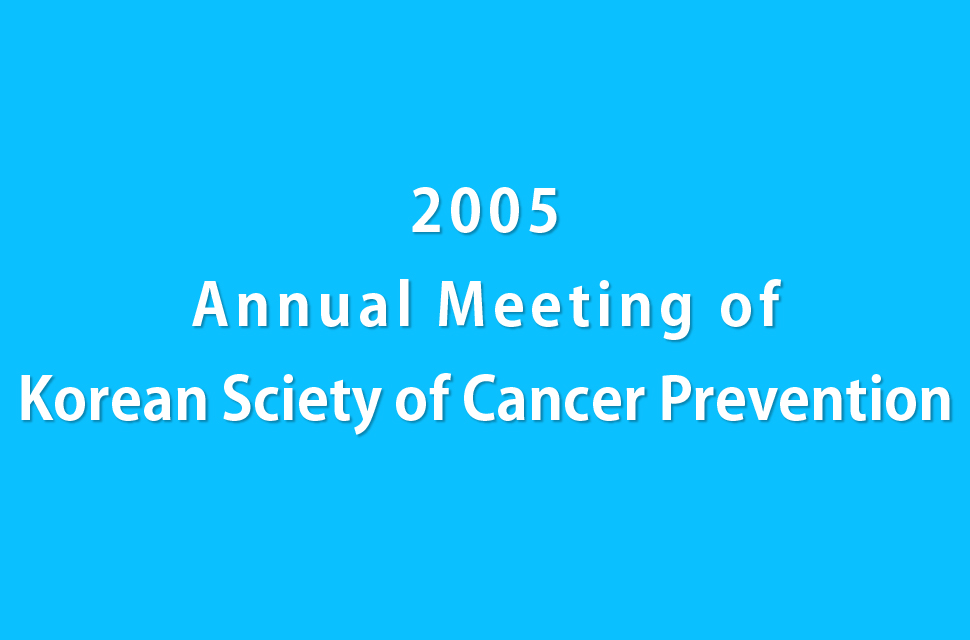 Shark Lipids for Treatment of Malignant Diseases
Shark Lipids for Treatment of Malignant Diseases
-
 Inhibition of Cancer Growth and Metastases by Preparations Based on Shark Oil
Inhibition of Cancer Growth and Metastases by Preparations Based on Shark Oil
-
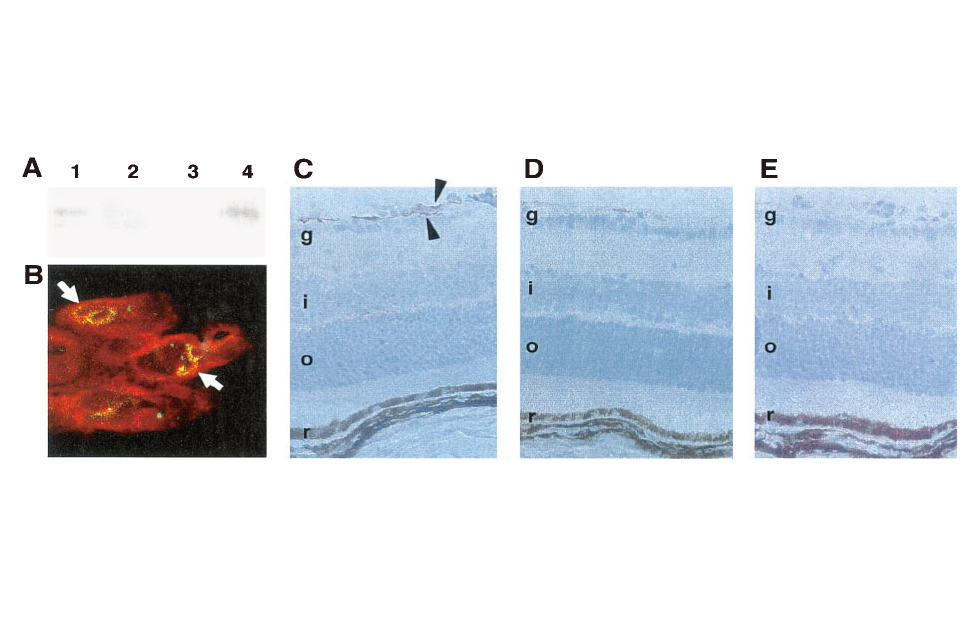 Leptin Stimulates Ischemia-Induced Retinal Neovascularization
Leptin Stimulates Ischemia-Induced Retinal Neovascularization
-
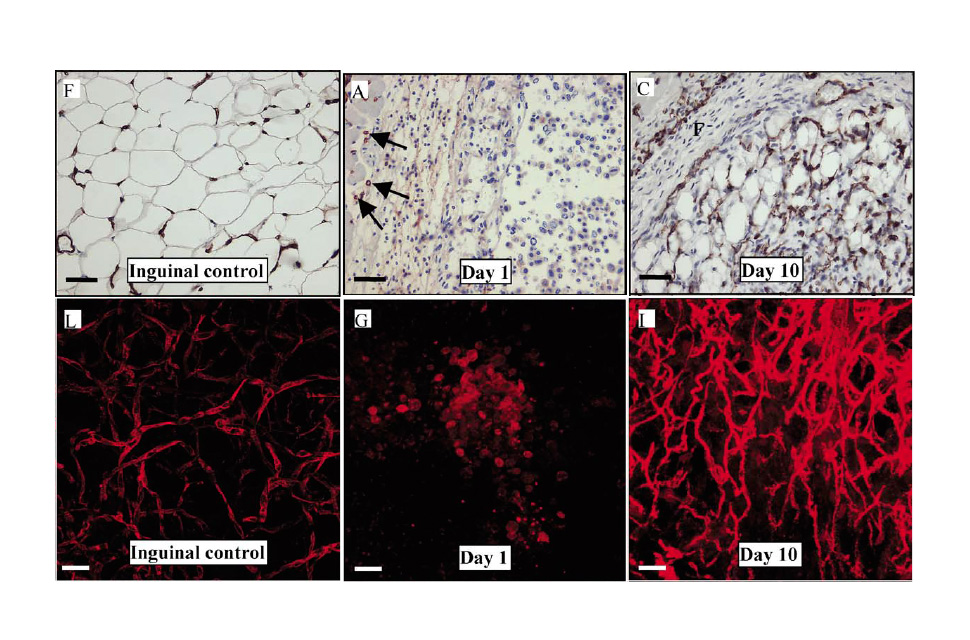 Angiogenesis in an in vivo model of adipose tissue development
Angiogenesis in an in vivo model of adipose tissue development
-
 The effects of functional foods, such as Agaricus, Pleurotus cornucopiae (Paulet) Rolland var. citrinopileatus (Sing.) Ohira. , Hericium erinaceum, Arabinoxylan, Shark cartilage and Shark extracted lipid on growth of implanted Mouse LM8 Dunn osteosarcoma
The effects of functional foods, such as Agaricus, Pleurotus cornucopiae (Paulet) Rolland var. citrinopileatus (Sing.) Ohira. , Hericium erinaceum, Arabinoxylan, Shark cartilage and Shark extracted lipid on growth of implanted Mouse LM8 Dunn osteosarcoma
-
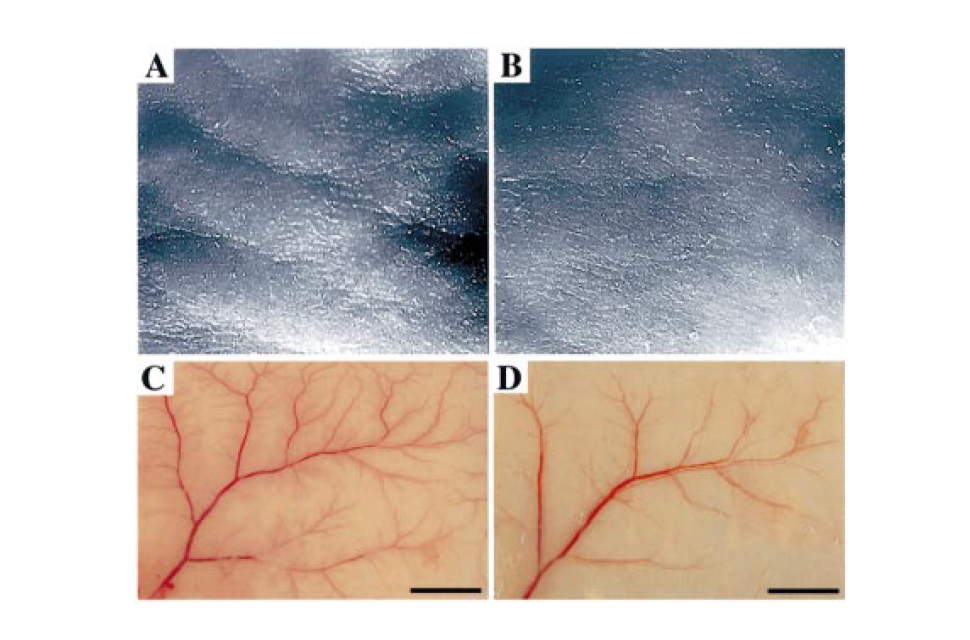 Targeted Overexpression of the Angiogenesis Inhibitor Thrombospondin-1 in the Epidermis of Transgenic Mice Prevents Ultraviolet-B-Induced Angiogenesis and Cutaneous Photo-Damage
Targeted Overexpression of the Angiogenesis Inhibitor Thrombospondin-1 in the Epidermis of Transgenic Mice Prevents Ultraviolet-B-Induced Angiogenesis and Cutaneous Photo-Damage



